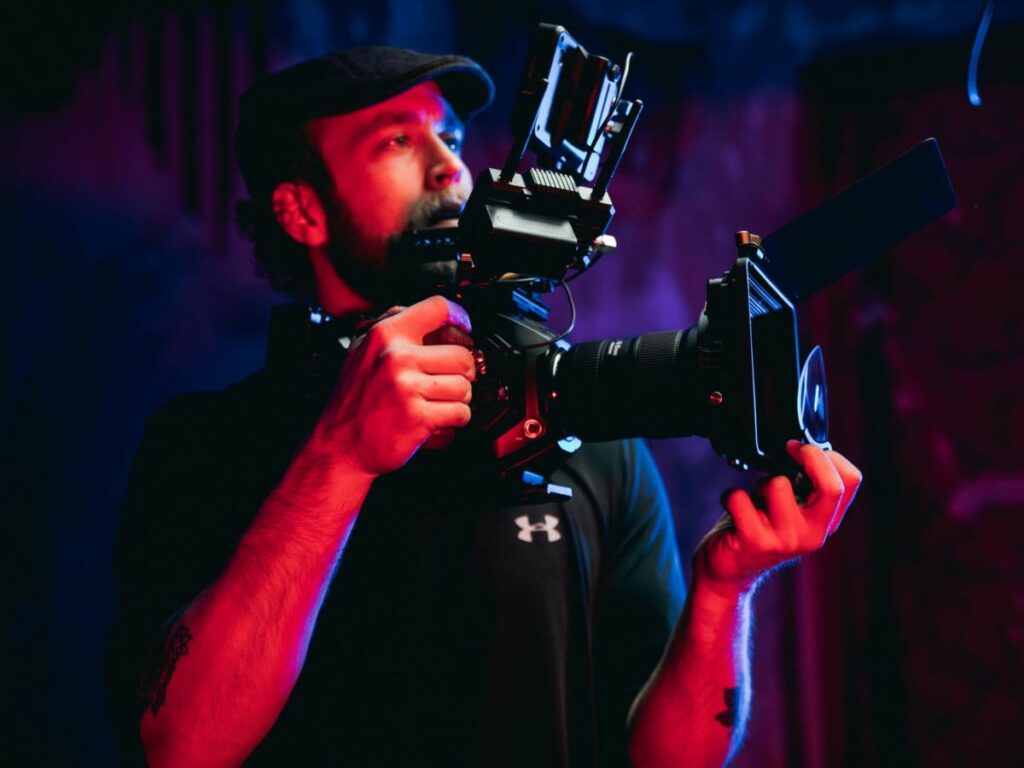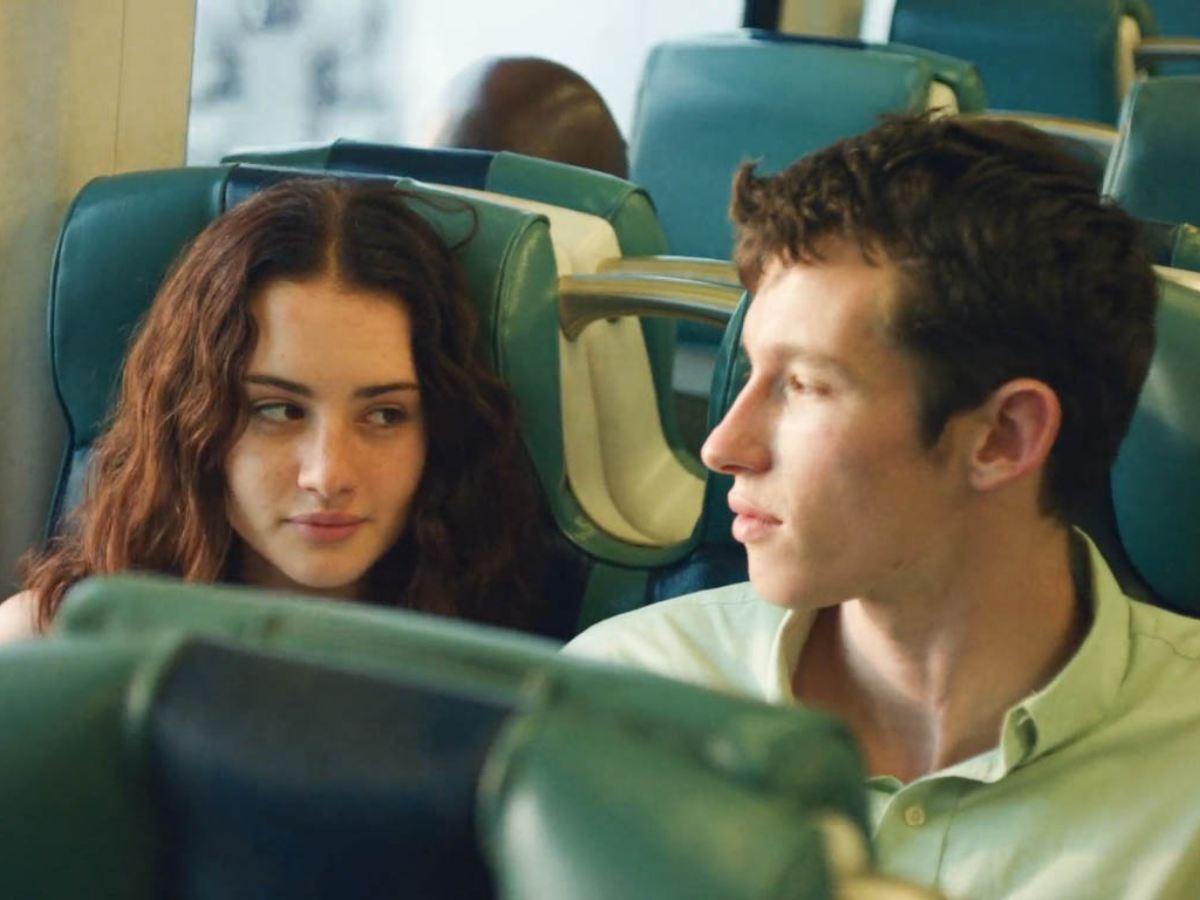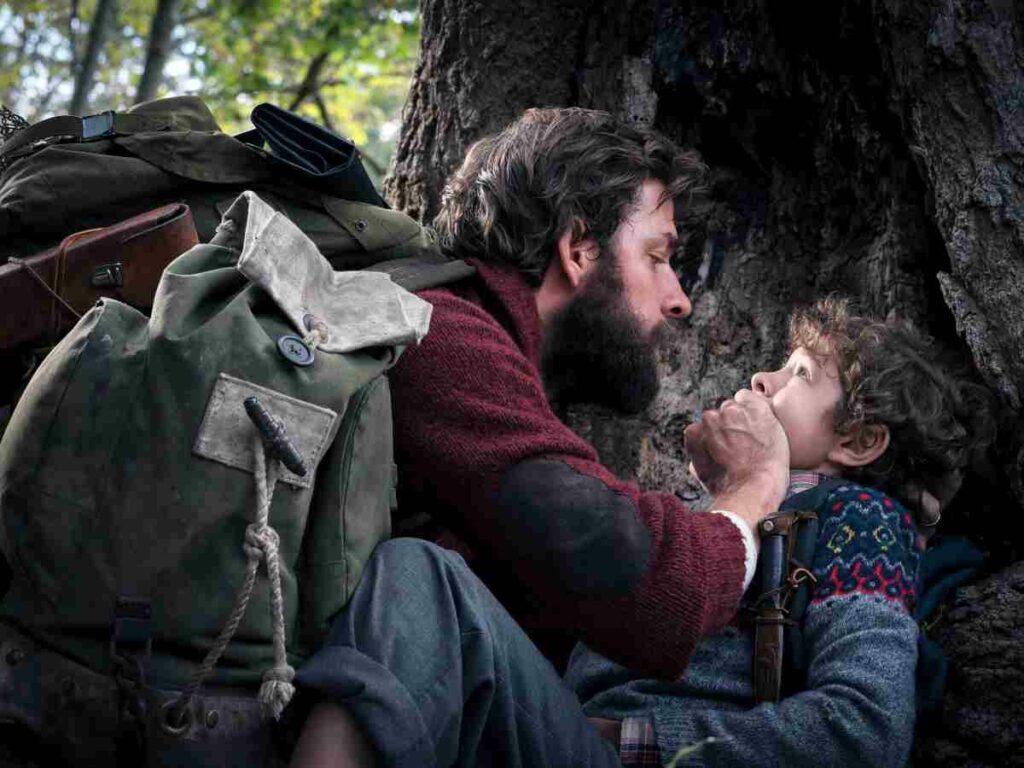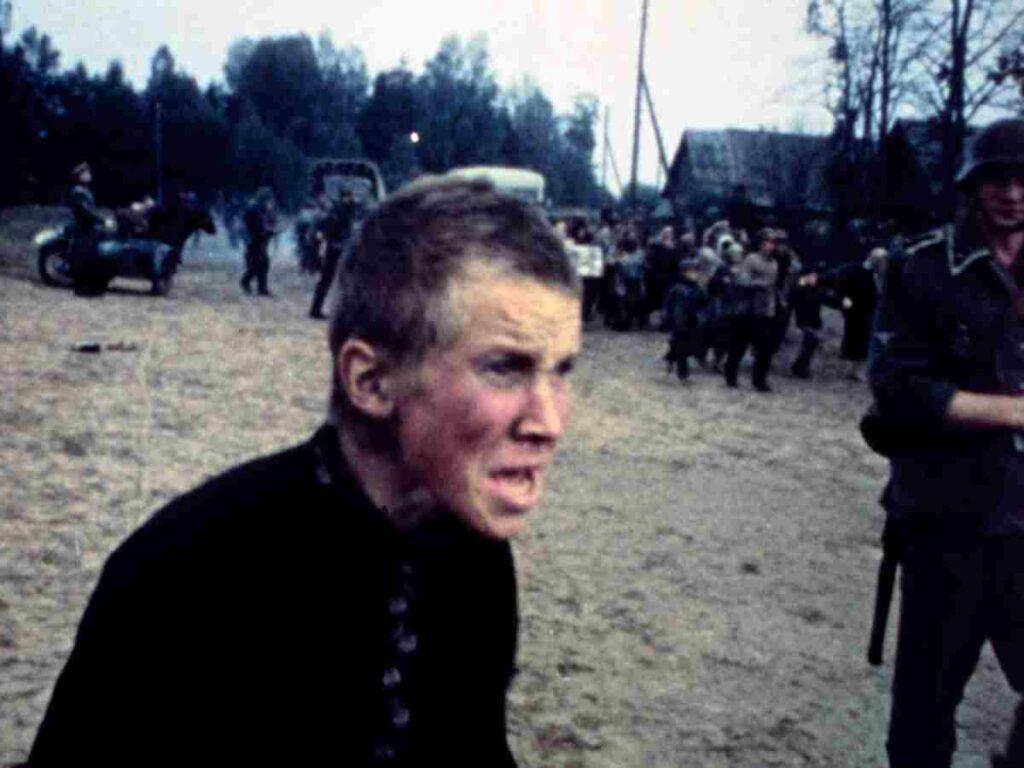Filmmaking is a complex and ever-evolving art form. There are many different positions that need to be filled in order to make a movie, and one of the most important is director of photography. This person is responsible for capturing the look and feel of the film, and helping to tell the story through their shots. Cinematography is not just about taking pretty pictures; it’s about telling the story through images. DPs must have a strong understanding of narrative cinema and how to use light and composition to create emotion. The role of the cinematographer is to capture the mood and feel of the movie through visuals. They work with the director to achieve the desired look for each scene.
A strong eye for details, technical prowess and a striking visual style go a long way if you find yourself leaning towards a career as a DoP. If you’re interested in becoming a director of photography, there are five things you need to know:
What Does a Cinematographer Do?
The terms DoP and cinematographer may be used interchangeably, but there are a few key points to note. The DoP is the head of the cinematography department on any given project, while a cinematographer is used as an umbrella term for anyone who knows how to operate a camera and other equipment to film and achieve the desired effect. As such, a DoP is part-artist, part-technician, as they might find themselves heading a team of cinematographers and working closely with all aspects of development and production.
The idea is to make sure everyone in the cast and crew knows what kind of a visual style you’re going for, and works accordingly. For a DoP, being in sync with the artists, technicians, and producers is the single most important thing at the early prep stage of any project. This is the stage where the groundwork for a strong visual aesthetic is laid. Storyboards and previsualization techniques will help them decide a distinctive visual language for the scene. Even reference shots can be useful at this stage, to create a roadmap of sorts for the story that will guide the process as you move forward.
4 Things To Know As A Cinematographer
1. Strong Technical Skills
The director of photography needs to have strong technical skills. This means knowing how to operate cameras and lighting equipment, as well as how to edit footage in post-production. It’s also important to be able to work under pressure and meet tight deadlines, as well as be flexible to changes in shooting scenes.
To that end, it’s important to understand the different types of shots that are used in filmmaking. There are long takes, close-ups, two shots, over-the-shoulder shots and more. Each one has a specific purpose and can be used to achieve different effects. Furthermore, these techniques are to be used with other elements like blocking to create maximum impact in any given scene. As a director of photography, you need to be familiar with all these shot types and know when to use them. A DoP’s work is not over when the shooting is finished. Often, they help with putting together the final product in the editing stage. While the director may have the final word, the input from a DoP is often crucial to the flow and visuality of the film.
2. Develop A Unique Visual Style
This will set you apart from other directors of photography and help you to create films that are unique and memorable. One of the most important aspects of establishing yourself as a cinematographer is developing a strong visual style. This signature look will help lay the groundwork for all your work, from commercials and music videos to feature films and documentaries. Of course, your style and preferences will develop over time. Until you arrive at your own unique style, understanding and studying visual imagery, and the techniques behind it will help you immensely. There are many ways to achieve this, but one of the most important is understanding how color and light can be used to create emotion and storytelling.
Of course, it’s not just about the aesthetics. The cinematographer’s job is to know the overall composition of a scene, making sure everything is in place and telling the story effectively. This includes framing shots correctly, choosing the right lens for the job, and using camera movement to add depth and interest. By mastering all these elements, you can create visuals that are both beautiful and effective.
3. Be a Good Collaborator
Filmmaking is a team effort, and as director of photography you need to be able to work with other members of the crew to achieve the best results. As a DoP, it is important to develop a good working relationship with your director and the writers. This will help ensure that the scene is shot in the way that they envision. One should be open to their ideas and suggestions and try to communicate openly and frequently with them about what you are doing and how it is affecting the overall vision for the scene. Working together to come up with creative solutions for any problems that may arise will go a long way in cementing a great working relationship. Not only will it be creatively satisfying, it will also grant you an edge over others when it comes to future prospects in a highly competitive field.
4. Eye For Detail
Finally, it’s essential to have a good eye for detail. This means paying attention to things like composition, lighting and colour when shooting scenes. As director of photography, you need to make sure that every shot looks perfect. One of the key elements in any scene composition is mise en scène. This term refers to all of the visual elements that contribute to the overall look and feel of the scene. It includes everything from the actor’s costumes and makeup to the set design and props. The director of photography is responsible for creating this detailed composition and working with the director to bring their vision to life. They must consider all the potential shots that could be used in order to capture the scene perfectly.
How to Develop Understanding of Images Through Still Photography and Painting
Still photography gives cinematographers a way to communicate with the members of a film crew in a straightforward visual manner. Films are very collaborative projects and during the process of scouting locations still images help immensely in the process of visualization. Still images also give an idea of working with lights. It prepares an individual to become highly conscious of the relationship between the main character and the background. He becomes able to catch ordinary moments while finding something meaningful within them. To be a successful cinematographer, one needs to know what will happen if one frame is shot in a particular way because this will help them to develop their film language.
Similarly, there is a strong symbiosis between painting and cinema. By studying paintings of different artists a cinematographer can create an atmosphere and arouse emotions through color, composition and framing the shots. An in depth understanding of paintings helps cinematographers create detail within a scene. Often cinematographers include works of paintings in their production design plans as an inspiration or to evoke a certain type of mood. They sometimes build the whole look of their film around a piece of painting. In the following video director and photographer Vugar Efendi explains in detail how paintings have influenced filmmakers.
How to Study a Film on the Basis of Cinematography?
A professionally committed cinematographer doesn’t just turn up on a film set to capture some beautifully lit images and call it good. They work tirelessly and meticulously though the process of pre-production in order to ensure that once they arrive on set most of the work has already been done. So, now let us analyze the following scene from the film in order to understand how a scene can convey emotion through camera. The Batman interrogating the Joker scene from The Dark Knight is a good scene to analyze.

Here are some points to keep in mind:
To begin with one should look at the characters and what elements are there within the scene. Here the shot begins inside an interrogation room with two characters, Joker (Heath Ledger) and James Gordon (Gary Oldman). The elements or props present in the room are a table and a table lamp with a tungsten bulb. Both the characters are dimly composed in medium close ups. This evokes a sense of dread and mystery. As the interrogation proceeds, we understand that Joker is an adamant guy and won’t reveal certain information to Gordon. Gordon leaves the room for Bruce Wayne / Batman (Christian Bale) to intervene into the matter.
Suddenly the entire scene lights up as Wayne appears. The dramatic and shadowy lighting scheme changes to a brighter side. This change in light signifies the important information that Joker is going to reveal. Similarly the two important props within the scene — the table and the chair have also been used for cinematic purposes. Wayne bangs Joker‘s head on the table as a harsh measure for interrogation. The chair is used as an obstacle to prevent Gordon from intervening in the interrogation.
Next, we observe that the smooth camera movement in the beginning of the scene moves to a harsh and erratic composition to accentuate tension within the scene. All these decisions made jointly by Christopher Nolan and cinematographer Wally Pfister bring a dramatic element to the scene.
Hence budding filmmakers in order to study a film on the basis of cinematography should keep the following key questions in their mind.
1. What are the characters and props within the scene and their aesthetic purposes?
2. What should be the composition of each of the shots and how is it going to help in cinematic storytelling? Does the shot look natural, or is the composition obviously formal or symmetrical? Or is it unbalanced, crooked or deliberately awkward?
3. What should be the lighting scheme to move the dramatic content of the film forward?
4. Should the camera make any movement during the scene? If it does, what kind of movement is it? Is the movement slow, fast, smooth or shaky and most importantly, why?
5. How should the scenes be lit? Is the light bright and flat (‘high-key’), or (‘low-key’)?
6. Finally, what should the color pattern be within the scene? Is it vivid or drab? What colors mean in the film and how do they make you feel? What about the color of the light: is it warm (reddish/orange), cold (blue), or something else?
Why Film School Training Is Important
Now let’s try figure out what education you need to become a cinematographer. Film school enables students to get exposure to every craft related to the film industry to bring out the best in them. The exposure to world cinema establishes a strong foundation for students and ensures their involvement in various departments of filmmaking through the process of making student films. To begin with, a decent film institute offers finest facilities like a library, comprising the best collection of books, novels, literature, journals, films, documentaries and short films.
Secondly, well equipped classrooms, screening facility, shooting floor, multiple cameras with all equipment, editing suites, dubbing studio, preview theater enables students to learn everything under one roof.
Besides, opportunities to interact with industry veterans, new talents help establish contact. Studying in a good film institute increases one’s opportunity to interact with veterans as well as new talents, which brings in the right contact and helps an individual grow in his career faster. It is hard to become a cinematographer but a film school education can make the journey easy.
According to Academy award winning cinematographer Roger Deakins, an alumnus of National Film and Television School (NFTS) in Buckinghamshire, “I don’t think I would be in the film industry now if I hadn’t gone to film school. It’s a different world now though and there are more opportunities, but you still need to want to practice and find your own way of doing things. I don’t think you can learn from somebody else – it’s an inherent and internal way you see the world that you then develop through practice.”
So, in order to become a cinematographer in Hollywood, film school can be an essential route but if you’re seeking a career without going to school, work as an assistant or an intern to gather relevant experience and learn the ropes of the business.
How Much Does A Cinematographer Make?
A great cinematographer will always be in demand. And as many longtime director-cinematographer collaborations can attest — think Steven Spielberg-Janusz Kamiński or Wes Anderson-Robert Yeoman — consistent work can happen for those who find the right collaborative fit. That being said, like many other specialties in the entertainment industry, most cinematographers simply go where the jobs are and may collaborate with a director. Outside of the rare circumstance where a cinematographer may work exclusively in-house at a production or commercial company, those who pursue this field are freelancers. That also means that the hours and length of days for a given job depend on the nature of it. In most cases, the typical day for a US-based cinematographer will go 12 hours.
Self-reported statistics from payscale reveal that the national cinematographer salary average is $56,775 per year with an hourly average of $19.28 as of 2019. Per Career Explorer, cinematographers in the 90th percentile make an average of $106,547 per year, which is an hourly rate of $51.22. Cinematographers in the 10th percentile make an annual average DOP salary of $28,745, with an hourly rate of $13.82. Breaking into the industry as a cinematographer takes time, skill, and the willingness to work for little compensation early in your career. However, the average cinematographer salary in the USA is $51,250 per year or $26.28 per hour. Entry level positions start at $38,025 per year while most experienced workers make up to $97,500 per year.
According to cinematographer Adrian Peng Correia, “The average Cinematographer makes, I think, $65,000 a year. I believe that’s around the average, but that also takes into account several cinematographers who make millions of dollars a year. There is a very vast range between people who barely make it by and people who do incredibly well. The base salary for a union cinematographer on a television show minimum is $5,500 a week. Typically if you work on features you make a little bit less or a little bit more depending on the budget of the film, which is usually about 1% of the budget.”
Conclusion
I often think that a cinematographer’s job is to create a medium through which the viewer can immerse themselves in a cinematic experience. Of course, doing so comes with a myriad of challenges. It is crucial to use all resources available to you, whether that be advice from other cinematographers, experimental filmmaking, or even studying your own work to improvise and adapt. In addition to this, budding filmmakers can learn about specific areas and techniques by referring to books about cinematography from seasoned professionals. Some, like, Painting With Light, and Cinematography: Theory and Practice, are practically considered holy grails for young professionals starting out in the field. Eventually, the more you analyse and work on films, the more you can hone your skills. So create that showreel and get networking!
By Prachurya Das and Dipankar Sarkar




